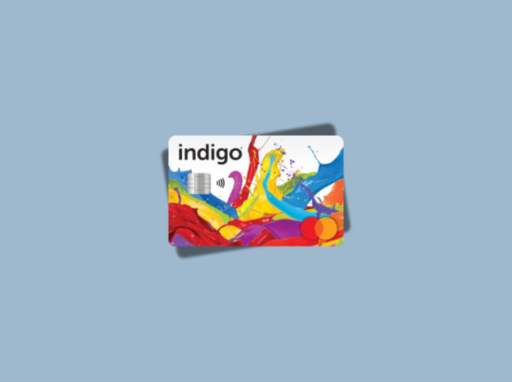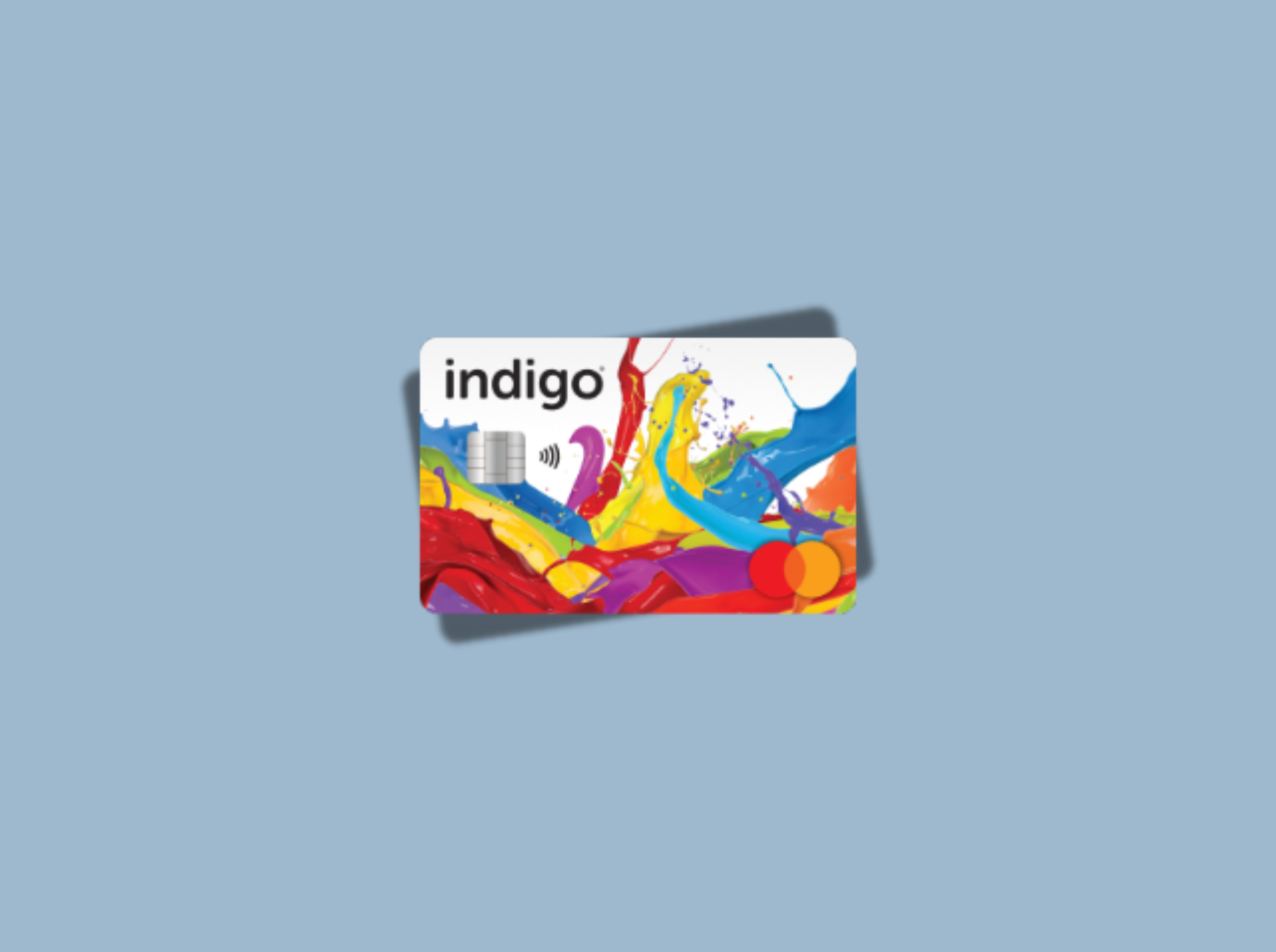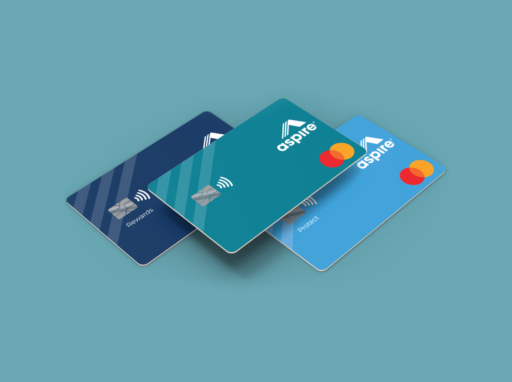If you’re building or rebuilding your credit, chances are you’ve come across the Indigo Credit Card. With promises of pre-qualification without impacting your credit score and no security deposit required, it sounds like a solid option. But is it really worth adding to your wallet?
Before you apply, here are five key things to know about the Indigo Credit Card in 2025, so you can make an informed decision and avoid any unpleasant surprises.
Table of Contents
1. Designed for People With Less-Than-Perfect Credit
The Indigo Platinum Mastercard is marketed to individuals with fair, poor, or even no credit history. That makes it an appealing option for those trying to bounce back from financial missteps or who are just starting their credit journey.
Pre-qualification is available, and it won’t affect your credit score, which is a major plus. This means you can check your approval odds without taking a hard hit on your report.
Best for: People with a credit score below 650 who want a basic unsecured credit card.
2. It’s an Unsecured Credit Card—No Deposit Required
Unlike most starter cards or credit-builder products, the Indigo Credit Card doesn’t require a security deposit. This can be a big deal if you’re short on cash but need a credit line to help improve your credit profile.
However, the trade-off is that your starting credit limit will be relatively low, usually around $300, and it won’t increase over time. So if you’re looking for a card that grows with you, this might not be the one.
3. Annual Fees Vary Based on Your Creditworthiness
One of the biggest complaints about the Indigo Credit Card is the variable annual fee. Depending on your credit profile, you may be offered:
- $0 annual fee
- $59 annual fee
- $75 for the first year, then $99 annually after
If you’re assigned one of the higher fee tiers, the card becomes significantly less appealing, especially when you factor in the low credit limit. Paying $75 or $99 per year for a $300 credit line can feel like a raw deal.
Tip: Be sure to read the terms during pre-qualification so you know exactly what you’re agreeing to before signing up.
4. Reports to All Three Credit Bureaus
One of the strong points of the Indigo Credit Card is that it reports your payment activity to Experian, Equifax, and TransUnion. This is crucial if you’re working on rebuilding your credit, as positive payment history across all three bureaus will help improve your score faster.
Just make sure you pay on time and keep your utilization low. Since your credit limit is tight, even small balances can push your utilization above 30%, which can hurt your score.
5. Limited Rewards and Perks (Basically None)
Let’s be clear: the Indigo Credit Card is not a rewards card. You won’t earn cash back, points, or travel benefits. There’s no sign-up bonus. No balance transfer offers. No promotional APR.
This card is purely a tool to help you build credit. Nothing more, nothing less. If you already have decent credit or can qualify for a better product, you’ll likely get more value from other beginner-friendly cards with no annual fee and some kind of rewards program.
Final Verdict: Is the Indigo Credit Card Worth It in 2025?
The Indigo Credit Card can serve a specific purpose: it gives access to credit without a deposit and provides a pathway for rebuilding credit. But that value comes with some trade-offs: low limits, high fees, and zero rewards.
Here’s who it makes sense for:
- You can’t qualify for a secured card.
- You’ve exhausted other unsecured starter card options.
- You’re okay with paying an annual fee to rebuild your credit.
If that’s you, the Indigo Credit Card might be worth considering, but only if you get the version with no or low annual fees.
Otherwise, you may be better off with secured cards like the Discover it® Secured or Capital One Platinum Secured, which offer more flexibility and lower long-term costs.
🚀 Explore, Learn & Grow with Wallet Monkey!
Unlock the latest tips, tricks, and expert insights on money management, credit, and more. Subscribe now and stay ahead of the curve in personal finance!
Subscribe NowIndigo Credit Card FAQs
1. What credit score do you need for the Indigo Credit Card?
There’s no set score requirement, but applicants with fair to poor credit (scores around 580–640) tend to have better approval odds.
2. Does the Indigo Credit Card do a hard pull?
Pre-qualification does not require a hard inquiry. However, if you proceed with the full application, a hard pull will be performed.
3. What is the Indigo Credit Card credit limit?
Most users are approved for a $300 credit limit, and this typically does not increase over time.
4. Can I upgrade the Indigo Credit Card?
No, the Indigo Card doesn’t offer upgrade paths or higher-tier cards. If your credit improves, you’ll need to apply for a better card elsewhere.
5. How do I apply for the Indigo Credit Card?
Visit the official Indigo Card website to check for pre-qualification. The process is quick and doesn’t affect your credit score.
Top Relevant Articles
How to Boost Your Credit in 30 Days
Quick tips to improve your credit score fast and effectively.
Best Credit Cards for Beginners
A guide to the best credit cards for people starting their credit journey.
Best Credit Cards for Bad Credit
Explore the top credit card options for those with poor credit.





